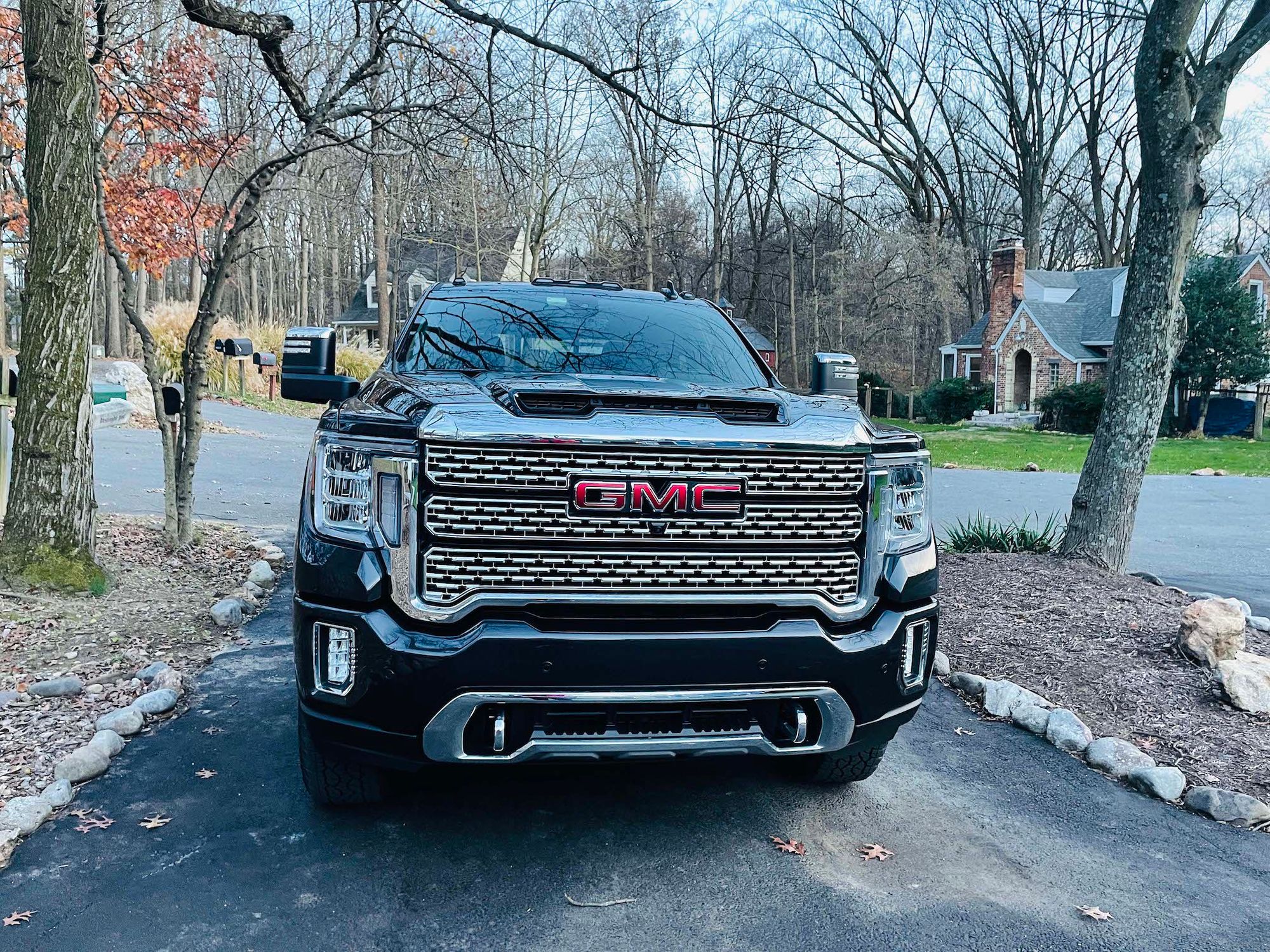The world is facing climate catastrophe, but there’s still a chance at avoiding the absolute worst case scenario. In order for that to happen, we need to cut back on GHG emissions.
Canada is one of the largest GHG emitters in the world, and has the second highest emission rate per capita of all G20 countries. As of 2019, the transportation sector was the second largest contributor to Canadian emissions.
Moreover, according to an Équiterre report, “Between 1990 and 2018, total GHG emissions in Canada rose by 20.9 per cent, largely due to transportation. In fact, since 1990, emissions from this sector have increased by 49 per cent and currently account for 30 per cent of Canada’s GHG emissions.”
As such, drastically cutting emissions from the transportation sector is of the utmost importance for a successful climate strategy. One way to help do so is to ban the sale of pickup trucks to all consumers unless they’re able to meet strict requirements to prove it will be used primarily for work purposes.
The transportation sector’s problems go well beyond the pickup truck — we need to shift away from relying on private vehicles entirely, regardless of if they’re a Toyota Prius or a Ford F-250 — but I’ll focus on them because they take what’s bad about cars and make them worse, and yet are coming to dominate the market.
Pickup truck sales have skyrocketed in recent years. Nearly 25 per cent of all passenger vehicles sold in Canada in the first quarter of 2021 were pickup trucks (89 per cent of them classified as full-size trucks), representing a 16 per cent increase from the past period. Moreover, four of the five top selling vehicles in Canada in this period were pickup trucks, with sales of certain models up by as much as 41 per cent. This is part of a global trend.
It’s a troubling one, as pickup trucks pose risks on the road, and to the environment.
On The Road
Pickup trucks have gotten significantly larger over the past few decades.
As Angie Schmitt writes in Bloomberg City Lab, “Since 1990, [United States] pickup trucks have added almost 1,300 pounds on average. Some of the biggest vehicles on the market now weigh almost 7,000 pounds — or about three Honda Civics.”
Moreover, as Jason Torchinsky argues in Jalopnik, “The goal of modern truck grilles—especially the larger, Heavy Duty spec trucks—seems to be less about getting the required cooling air and more about creating a massive, brutal face of rage and intimidation.” [On July 26, Jason emailed me and asked me to note that he does not agree with a ban on pickup trucks.] Pickup trucks have, in fact, gotten much taller, increasing by an average of about 11 per cent since 2000.
This makes the vehicles far deadlier to pedestrians for two reasons.
First, their blind spots have gotten much longer.
A June Consumer Reports investigation, which “measured front visibility for 15 new vehicles, including full-sized and heavy-duty trucks” found that “because of their height and long hoods […] some trucks had front blind spots 11 feet longer than those in some sedans and 7 feet longer than in many popular SUVs.” This means it’s much easier for pickup truck drivers to not see small cars in front of them, much less pedestrians.
Second, pickup trucks do far more damage to pedestrians in a collision than a car would.
Consumer Reports, paraphrasing a senior research engineer at the Insurance Institute for Highway Safety they spoke to, notes, “In real-world collisions with pedestrians, a pickup’s tall front end and higher bumper are more likely than a lower vehicle’s to cause serious injuries, transferring energy directly to a victim’s hips and pelvis.” A 2015 National Highway Traffic Safety Administration report found that pedestrians are two to three times more likely to die when struck by a pickup truck than a car.
This danger also applies to those in smaller vehicles when they’re involved in a crash with a pickup truck. The Équiterre report notes, “Accidents caused by light-duty trucks are more dangerous for the person driving the other vehicle than those caused by standard cars. That person’s risk of death is 158 [per cent] higher if the vehicle causing the collision is a pickup truck.”
Pickup trucks are also far more likely to rollover than cars (and rollover crashes are deadlier), and routinely perform worse in safety tests, including emergency handling and braking.
Yet despite this all, Consumer Reports found that pickup trucks are also less likely than cars, and even SUVs, to “have certain advanced safety systems as a standard feature.”
In The Sky
Pickup trucks don’t only pose a risk to those in their immediate vicinity: they put us all in danger due to their emission levels.
Canada’s “Excise Tax on Fuel-Inefficient Vehicles” doesn’t apply to pickup trucks, which is bizarre, as Équiterre notes that “in 2018, light-duty trucks emitted on average 31 [per cent] more GHGs per kilometre than standard cars.”
As Amir Barnea argued in a 2019 Toronto Star article, “A mid-size Honda Civic, the most popular sedan, consumes 7.4 litres of gas per 100 km. In contrast, the average fuel efficiency of a Ford F-series pickup truck is 13.21 litres per 100 km. The government has put in place incentives to increase sales of [zero emission vehicles], but switching from a Honda Civic to an electric car has almost the same impact as switching from a Ford F truck to a Honda Civic in terms of emissions.” Ford F series vehicles were, by far, the best selling vehicles in Canada in this year’s first quarter.
This is just stock vehicles. Things get much worse when pickup trucks are modified.
According to the New York Times, a 2020 U.S. federal report found that, “The owners and operators of more than half a million diesel pickup trucks have been illegally disabling their vehicles’ emissions control technology over the past decade, allowing excess emissions equivalent to 9 million extra trucks on the road.” These sorts of modifications were done on more than 15 per cent of all pickup trucks sold in the country.
The Times article adds, “The report said ‘diesel tuners’ will allow the trucks to release more than 570,000 tons of nitrogen dioxide, a pollutant linked to heart and lung disease and premature death, over the lifetime of the vehicles. […] The report also found that the altered pickup trucks will emit about 5,000 excess tons of industrial soot, also known as particulate matter, which is linked to respiratory diseases and higher death rates for Covid-19 patients.”
To sum this up: Canada is the second-worst polluter per capita in the world; the transportation industry is the second largest contributor to these emissions; pickup trucks pollute significantly more than cars, and are being sold more, meaning the industry is getting more damaging. As a whole, according to a 2019 International Energy Agency report, Canadians drive the most climate-polluting vehicles, due in large part to pickup trucks.
Work Exemptions
A common retort to critiques of pickup trucks is that it’s easy to be critical of them in a city, but people need them for their jobs. Yet as one article I reviewed while doing research, published in The Drive, is titled, “You don’t need a full-size pickup truck, you need a cowboy costume.”
The article’s author, Brett Berk, notes, “75 percent of truck owners use their truck for towing one time a year or less (meaning, never). Nearly 70 percent of truck owners go off-road one time a year or less. And a full 35 percent of truck owners use their truck for hauling—putting something in the bed, its ostensible raison d’être—once a year or less.”
I’ve moved once every couple years or so for the past decade, but I haven’t purchased a moving truck. I just rent one when I need it. There’s no reason these drivers can’t do the same.
Moreover, the industry knows pickup trucks aren’t being used for work, and so they’ve changed what the vehicles actually look like accordingly.
Traditionally, pickup trucks would have two doors, a bench to sit on and an eight foot long box at the back for storing whatever was needed for the job. Now, as Jil McIntosh in Driving notes, “Most people buy four-door pickups, and while most of their beds are still four feet across, most are only five or six feet long. Regular-cab trucks, the ones most likely to have eight-foot boxes, are so unpopular some automakers don’t even offer them anymore.”
According to Forbes writer Jim Gorzelany, 81 per cent of new pickup truck purchases are four doors, indicating they’re likely not being used for work.
This is reflected in the cost of the vehicles as well, which are a far cry from what they used to be when they were generally sold for work purposes.
Gorzelany notes that in the U.S., “While the base suggested retail price for a half-ton GMC Sierra 1500 pickup in 2019 was $31,195, the average out-the-door transaction was at $58,571 […] The Ford F-150 started at $29,750 last year, but its average selling price was $53,409.” These are both among the top five selling Canadian vehicles.
I’m not going to speculate as to why people buy pickup trucks, but the reality is the vast majority aren’t doing so for work purposes.
Their choice is putting us all at risk, whether on the streets, or through damage to the climate. Reducing further destruction to the climate and harm from needlessly fatal road accidents is far more important than corporate or consumer freedom.
It’s time to ban sales of pickup trucks for non-work purposes, for all of our sakes.








Member discussion